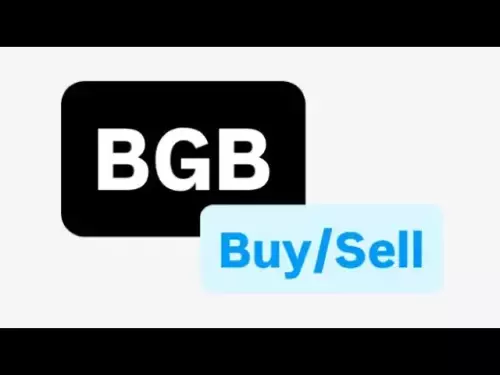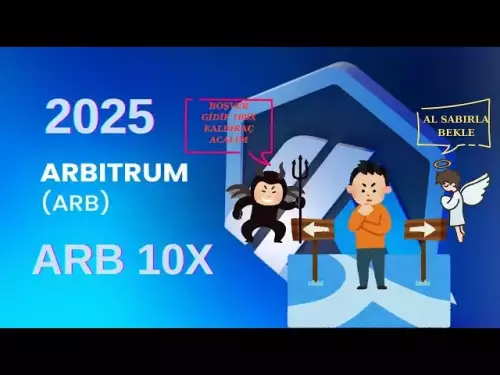-
 Bitcoin
Bitcoin $111000
1.68% -
 Ethereum
Ethereum $4289
-0.42% -
 XRP
XRP $2.830
2.60% -
 Tether USDt
Tether USDt $1.000
-0.01% -
 BNB
BNB $849.8
0.18% -
 Solana
Solana $208.0
4.92% -
 USDC
USDC $0.9999
0.00% -
 Dogecoin
Dogecoin $0.2130
1.23% -
 TRON
TRON $0.3371
0.04% -
 Cardano
Cardano $0.8289
3.22% -
 Chainlink
Chainlink $23.25
3.34% -
 Hyperliquid
Hyperliquid $44.68
3.12% -
 Ethena USDe
Ethena USDe $1.001
0.01% -
 Sui
Sui $3.318
2.93% -
 Bitcoin Cash
Bitcoin Cash $580.2
6.25% -
 Stellar
Stellar $0.3633
2.30% -
 Avalanche
Avalanche $24.40
5.43% -
 Hedera
Hedera $0.2200
3.20% -
 Cronos
Cronos $0.2739
3.94% -
 UNUS SED LEO
UNUS SED LEO $9.551
0.01% -
 Litecoin
Litecoin $111.0
1.76% -
 Toncoin
Toncoin $3.160
1.58% -
 Shiba Inu
Shiba Inu $0.00001235
2.28% -
 Polkadot
Polkadot $3.800
2.85% -
 Uniswap
Uniswap $9.501
1.73% -
 Bitget Token
Bitget Token $5.165
10.67% -
 World Liberty Financial
World Liberty Financial $0.2236
-9.69% -
 Dai
Dai $0.9998
-0.01% -
 Monero
Monero $267.2
2.64% -
 Aave
Aave $313.6
2.60%
What is a hierarchical deterministic (HD) wallet?
HD wallets use a single seed to generate multiple keys hierarchically, enabling secure, deterministic key derivation and easy backup across cryptocurrencies.
Sep 03, 2025 at 06:18 am
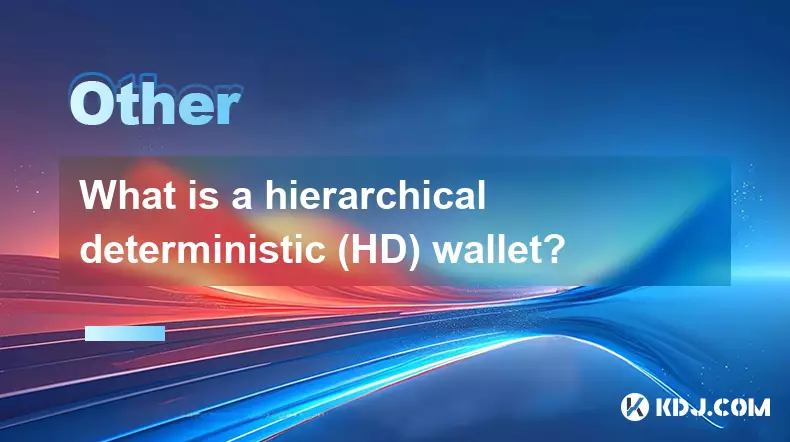
Understanding Hierarchical Deterministic (HD) Wallets
1. A Hierarchical Deterministic (HD) wallet is a type of cryptocurrency wallet that generates a tree-like structure of keys from a single master seed. This seed is typically represented as a 12- or 24-word mnemonic phrase, which serves as the root of all private and public keys used in the wallet. Unlike non-deterministic wallets that generate random private keys, HD wallets follow a defined cryptographic algorithm to derive keys in a predictable yet secure manner.
2. The hierarchical nature of HD wallets means that keys are organized in a structured, layered fashion. The master key can generate child keys, which in turn can generate their own grandchildren keys, and so on. This allows users to create multiple accounts or addresses for different purposes—such as receiving payments, change addresses, or segregated funds—while maintaining a single backup source.
3. Deterministic refers to the fact that the same seed will always produce the same sequence of keys. This predictability is secure because the derivation process is cryptographically protected. As long as the seed remains secret, the entire wallet can be restored on any compatible device by simply entering the mnemonic phrase.
4. HD wallets are standardized under BIP-32 (Bitcoin Improvement Proposal 32), which defines the key derivation process. This standardization ensures interoperability across different wallet providers and blockchain platforms, making it easier for users to switch between services without losing access to their funds.
5. One of the key benefits of HD wallets is improved privacy and usability. By generating a new address for each transaction, users reduce the risk of address reuse, which can compromise financial privacy. Additionally, the ability to back up an entire wallet with one seed simplifies recovery and reduces the chance of losing funds due to device failure.
Enhanced Security Through Key Derivation
1. HD wallets use a one-way cryptographic function to derive child keys from parent keys, ensuring that even if a child private key is compromised, the parent key remains secure. This is achieved through the use of chain codes, which add an extra layer of entropy during the derivation process.
2. The derivation path—such as m/44'/0'/0'/0/0—specifies how keys are generated and organized. These paths follow standards like BIP-44, which defines a multi-account hierarchy for different cryptocurrencies. This enables a single HD wallet to manage Bitcoin, Ethereum, Litecoin, and other assets under a unified structure.
3. Extended public keys (xpub) can be shared to allow external systems to generate receiving addresses without exposing private keys. This is useful for businesses that need to monitor incoming payments on a server without risking private key exposure.
4. Hardened derivation paths (indicated by apostrophes in the path) prevent the derivation of parent keys from child keys, adding an additional layer of protection. This ensures that even if a compromised device has access to certain keys, it cannot backtrack to the master seed.
5. The deterministic model eliminates the need to back up individual keys after each transaction. Instead, a single backup of the seed phrase secures all current and future keys, streamlining wallet management and reducing user error.
Practical Applications in the Crypto Ecosystem
1. Exchanges and custodial services often use HD wallet architectures to manage millions of user deposits efficiently. Each user can be assigned a unique deposit address derived from a shared hierarchical structure, enabling scalable and auditable fund tracking.
2. Cold storage solutions, such as hardware wallets, rely heavily on HD technology. Devices like Ledger and Trezor use BIP-39 mnemonic phrases and BIP-32 derivation to provide secure, recoverable offline storage.
3. Developers building decentralized applications (dApps) integrate HD wallet support to allow users to manage multiple blockchain identities or tokens within a single interface. This enhances user experience while maintaining strong security practices.
4. Auditors and compliance teams benefit from the structured nature of HD wallets. By analyzing derivation paths, they can trace fund flows across related addresses without needing access to private keys, aiding in forensic accounting and regulatory reporting.
5. Open-source wallet software, such as Electrum and Bitcoin Core, implements HD functionality by default, promoting widespread adoption of best practices in key management across the cryptocurrency community.
Frequently Asked Questions
What happens if I lose my HD wallet’s seed phrase?If the seed phrase is lost, there is no way to recover the private keys or associated funds. The seed is the sole source of truth for the entire wallet hierarchy. Without it, access to all derived addresses and their balances is permanently lost.
Can I use the same seed phrase with different wallet apps?Yes, as long as the wallet apps follow the same standards (BIP-32, BIP-39, BIP-44), the same seed phrase will generate identical key structures. This allows for cross-compatibility between trusted software and hardware wallets.
Are HD wallets vulnerable to brute-force attacks?The security of HD wallets relies on the entropy of the seed phrase. A 128-bit or 256-bit seed (represented by 12 or 24 words) provides sufficient randomness to resist brute-force attempts, assuming the phrase is generated securely and kept private.
Do HD wallets work with all cryptocurrencies?Most modern cryptocurrencies support HD wallet standards. However, the specific derivation paths and formats may vary between blockchains. Wallets that support multiple coins typically implement the appropriate BIP standards for each network.
Disclaimer:info@kdj.com
The information provided is not trading advice. kdj.com does not assume any responsibility for any investments made based on the information provided in this article. Cryptocurrencies are highly volatile and it is highly recommended that you invest with caution after thorough research!
If you believe that the content used on this website infringes your copyright, please contact us immediately (info@kdj.com) and we will delete it promptly.
- Shiba Inu: Decentralization and Community Focus – A New Yorker's Take
- 2025-09-03 12:25:15
- Crypto, Congressman Collins, and Institutional Sentiment: A New York Minute on Market Influence
- 2025-09-03 10:25:13
- PUMP Price Surges: Pump.fun's User Growth Strategy Under the Microscope
- 2025-09-03 10:45:11
- PUMP Token, Solana, and Project Ascend: Riding the Meme Coin Wave
- 2025-09-03 07:05:12
- Cardano's DeFi Surge: Airdrops, ADA Price, and Ecosystem Growth – Oh My!
- 2025-09-03 08:45:13
- Dogecoin's Next Chapter: Price Predictions and the Institutional Adoption Wave
- 2025-09-03 10:45:11
Related knowledge
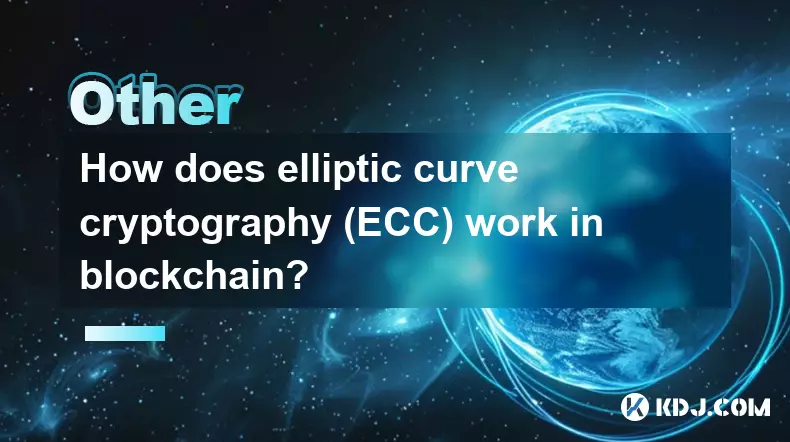
How does elliptic curve cryptography (ECC) work in blockchain?
Sep 03,2025 at 11:55am
Understanding Elliptic Curve Cryptography in Blockchain1. Elliptic Curve Cryptography (ECC) plays a foundational role in securing blockchain networks....

What is slashing in Proof of Stake?
Sep 03,2025 at 10:00am
Understanding Slashing in Proof of Stake Networks1. Slashing is a penalty mechanism used in Proof of Stake (PoS) blockchain systems to enforce honesty...

How do you participate in a project's governance?
Sep 02,2025 at 09:01pm
Understanding Governance in Blockchain Projects1. Governance in blockchain ecosystems allows token holders to influence the direction and policies of ...
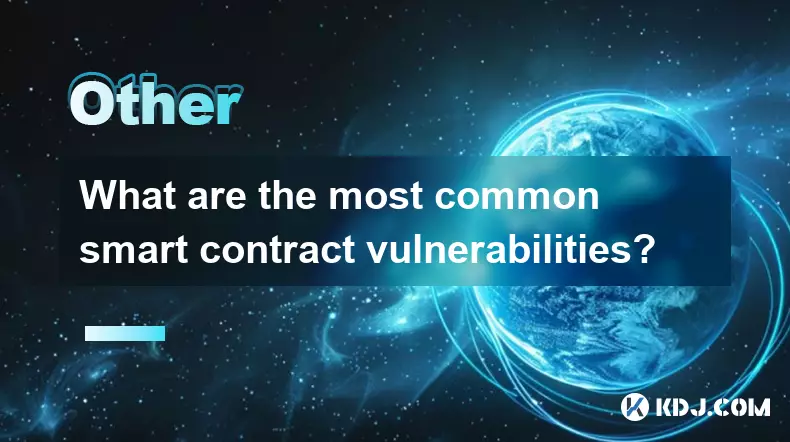
What are the most common smart contract vulnerabilities?
Sep 03,2025 at 09:18am
Reentrancy Attacks1. Reentrancy is one of the most notorious vulnerabilities in smart contracts, famously exploited in the DAO attack. It occurs when ...
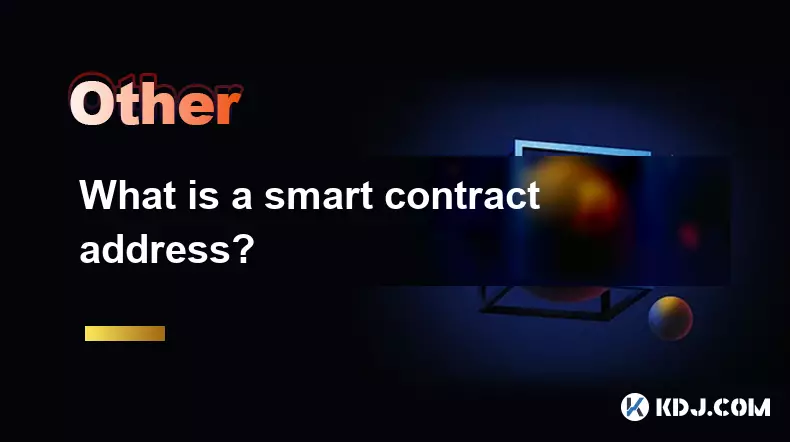
What is a smart contract address?
Sep 03,2025 at 04:36am
Understanding Smart Contract Addresses in BlockchainA smart contract address is a unique identifier on a blockchain network where a smart contract res...
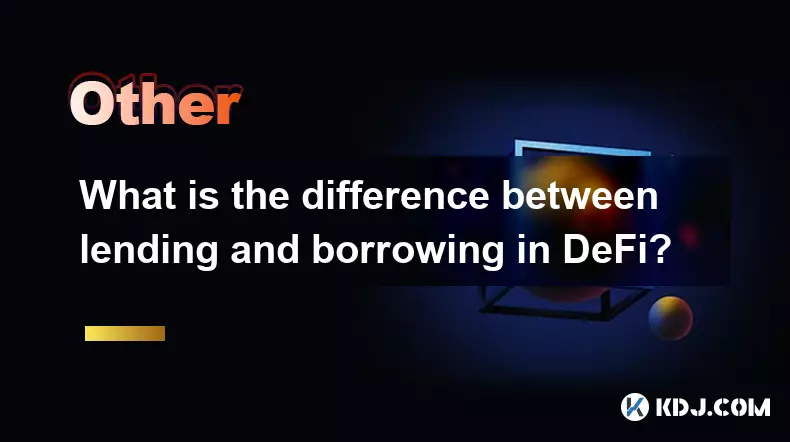
What is the difference between lending and borrowing in DeFi?
Sep 03,2025 at 12:00am
Understanding DeFi Lending Mechanisms1. DeFi lending allows users to supply their crypto assets to a liquidity pool in exchange for interest payments....

How does elliptic curve cryptography (ECC) work in blockchain?
Sep 03,2025 at 11:55am
Understanding Elliptic Curve Cryptography in Blockchain1. Elliptic Curve Cryptography (ECC) plays a foundational role in securing blockchain networks....

What is slashing in Proof of Stake?
Sep 03,2025 at 10:00am
Understanding Slashing in Proof of Stake Networks1. Slashing is a penalty mechanism used in Proof of Stake (PoS) blockchain systems to enforce honesty...

How do you participate in a project's governance?
Sep 02,2025 at 09:01pm
Understanding Governance in Blockchain Projects1. Governance in blockchain ecosystems allows token holders to influence the direction and policies of ...

What are the most common smart contract vulnerabilities?
Sep 03,2025 at 09:18am
Reentrancy Attacks1. Reentrancy is one of the most notorious vulnerabilities in smart contracts, famously exploited in the DAO attack. It occurs when ...

What is a smart contract address?
Sep 03,2025 at 04:36am
Understanding Smart Contract Addresses in BlockchainA smart contract address is a unique identifier on a blockchain network where a smart contract res...

What is the difference between lending and borrowing in DeFi?
Sep 03,2025 at 12:00am
Understanding DeFi Lending Mechanisms1. DeFi lending allows users to supply their crypto assets to a liquidity pool in exchange for interest payments....
See all articles























